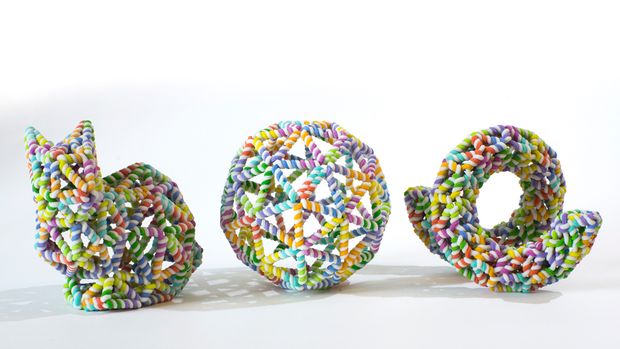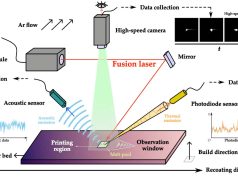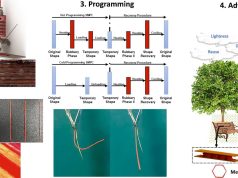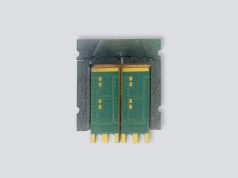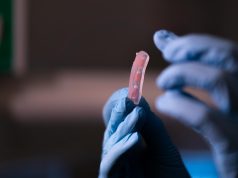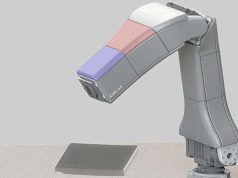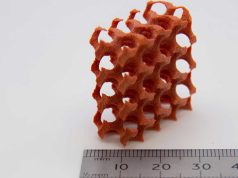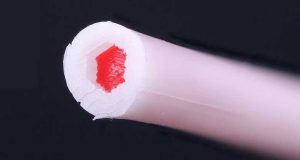Swedish and Finnish scientists have come up with a new method to create 3D structures using DNA strands.
Called DNA origami, the method to create 2D and 3D nanoscale structures out of one long and multiple shorter DNA strands that self-assemble, has been around for a while already. According to the research published in the journal Nature, this quite time consuming method could now be speeded up using 3D software.
Dr. Björn Högberg of the Karolinska Institute in Sweden explained, that the team wanted to create a design paradigm that could mimic polygonal 3D shapes similar to 3D models. Using a 3D software and working with algorithms, they are now able to design any kind of shape by obtaining a list of DNA strands that need to be mixed in a test tube for self-assembling. The tiny structures created to demonstrate the method are smaller than 0.0001 mm across.
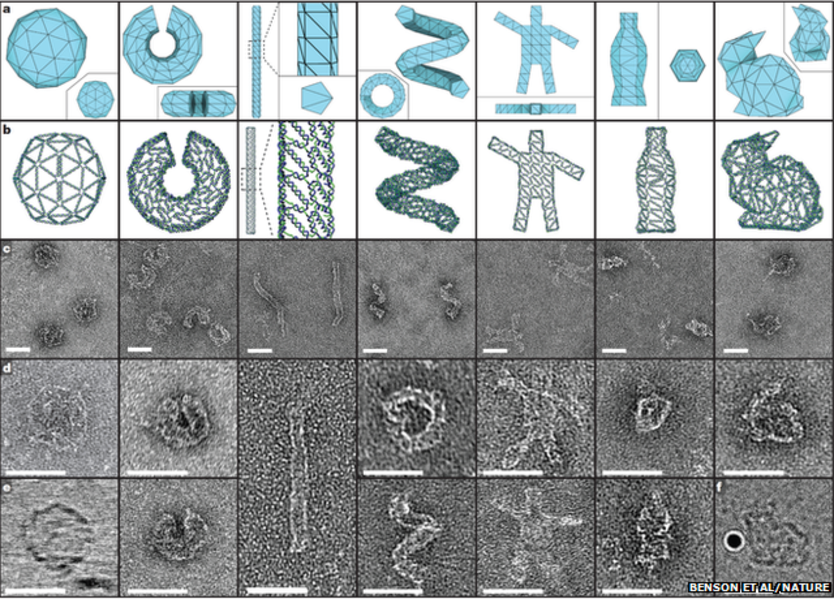
According to Professor Tim Liedl from the Ludwig Maximilian University of Munich, the work is a step towards “the dream of nanoscale 3D printing” and presents a streamlined design method that will probably be adopted by many scientists in future.
Subscribe to our Newsletter
3DPResso is a weekly newsletter that links to the most exciting global stories from the 3D printing and additive manufacturing industry.



